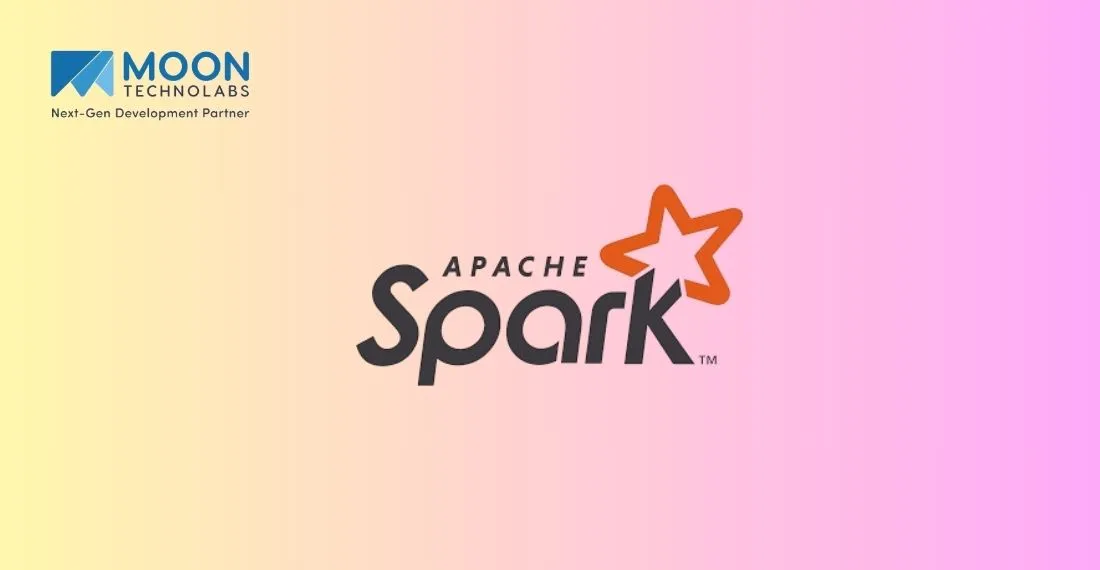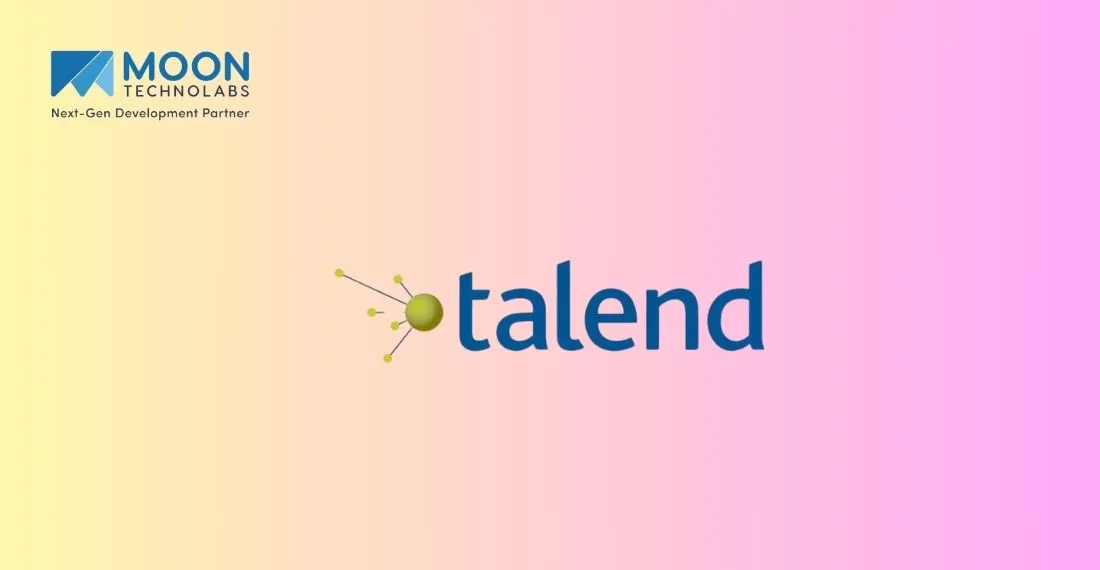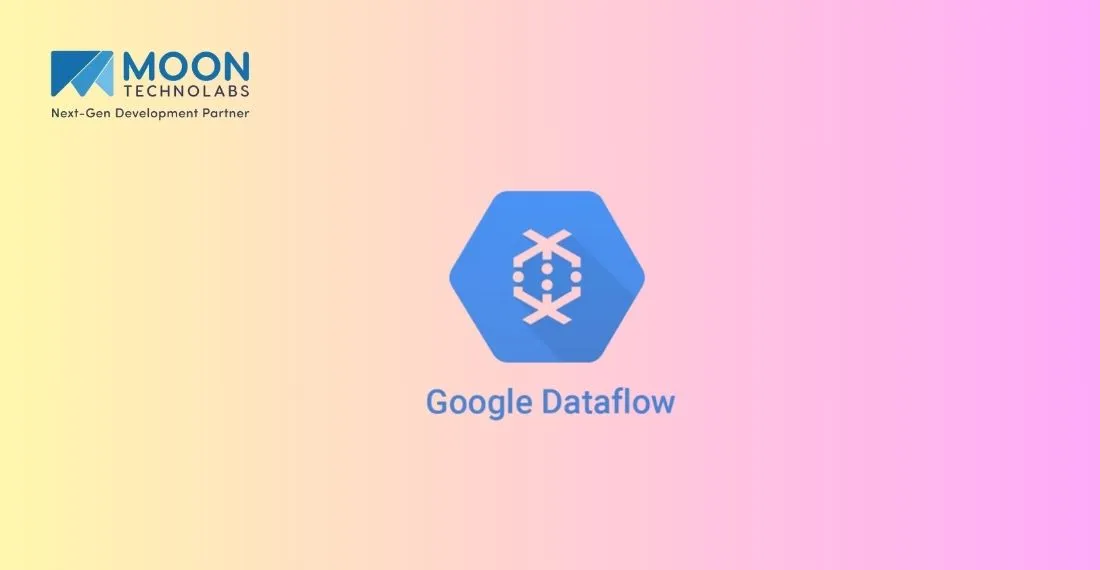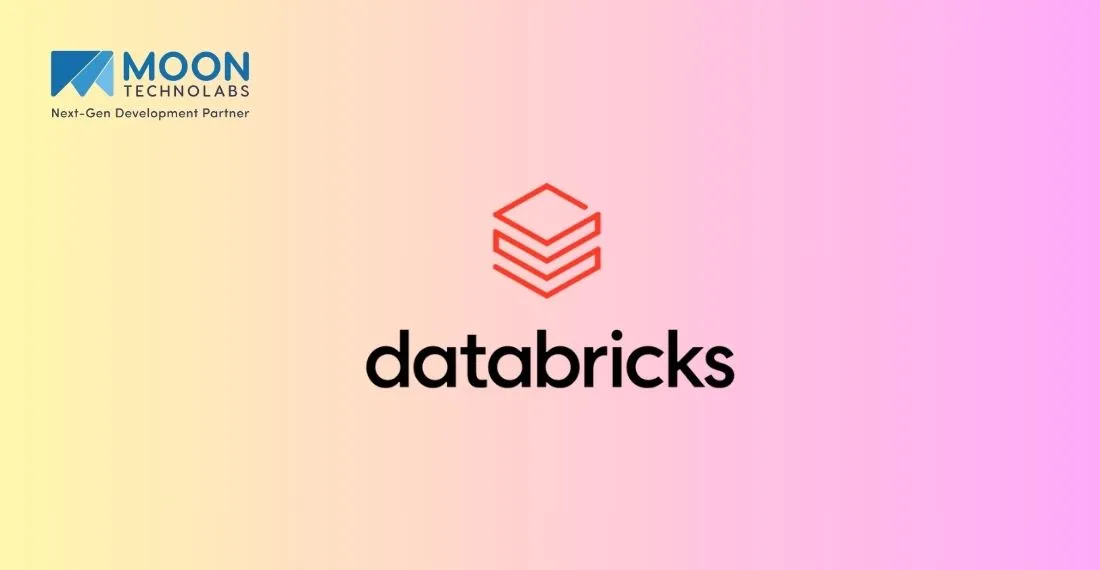Table of Content
Blog Summary:
As data volumes have skyrocketed, many data engineering tools have also surfaced. Sorting through all the available tools and choosing the one best suited to your project might be overwhelming. This article lists twelve prominent tools for data engineering pipeline stages, describes their functionality, and describes how much each one cost.
Table of Content
As businesses increasingly depend on data-driven decisions and the data volume expands exponentially, data engineering becomes more important. The necessity to derive valuable insights from raw data is growing in importance as companies gather massive volumes of data from various sources.
The foundation that supports business intelligence, artificial intelligence, and data engineering is what keeps everything else operating efficiently. In data gathering and pipeline development, data engineers are important to guarantee that your organization’s data is accurate and current.
Nevertheless, numerous firms are seeking advanced data engineering technologies to resolve their data engineering concerns.
Enterprises gather data to understand market trends better and improve business procedures. Data is also needed to measure the success of various tactics and solutions, driving growth more accurately and efficiently.
The substantial data analytics industry is anticipated to expand from an initial valuation of approximately USD 271.83 billion to USD between 2022 and 2030, with a compound annual growth rate (CAGR) of 13.5%.
Poor data engineering practices can impact subsequent endeavors, so it’s important to employ efficient data engineering frameworks to direct your organization’s pipelines. This article provides a comprehensive understanding of data engineering tools.
Data engineering is the first step in data science since it concerns the practical application of techniques for managing, storing, and collecting data. This would level the playing field when preparing “big data” for processing or analysis.
The main objective of the data engineer tools is to ensure that data is accurate, safely processed, stored, and made accessible to those who may use it to conduct analyses and create new datasets.
Discover real-world use cases where data engineering has transformed industries, driving innovation and enhancing business outcomes.
Constructing and overseeing data pipelines is crucial for automating data movement between several locations. Data pipelines make it easy for data to flow smoothly through different processing steps, ensuring that it is always available when needed.
There can only be an effective data strategy with data warehousing and ETL (Extract, Transform, Load) processes. Making better judgments is one of the most important benefits that organizations receive when they combine data from several sources into a single warehouse.
ETL processes power-efficient and accurate business intelligence (BI) projects, ensuring clean, consistent, and prepared data for analysis.
Data pipelines allow organizations to automate data gathering, formatting, and cleansing. When data analysts easily access large amounts of valuable data from a central repository, they can better assist company executives in learning and making important strategic decisions.
As information is poured into data models, which are dynamic depictions of a company’s current state, data engineers lay the groundwork for learning in real time.
To build a coherent data ecosystem in today’s complicated data landscape, it is essential to integrate and consolidate data from many sources. Organizations can eliminate and encourage teamwork by combining data from different platforms.
This integrated approach allows for more data-driven, agile decision-making. It provides real-time insights and a holistic view of company performance.
Ensuring good data quality is important for companies to have faith in their data and make dependable decisions. Data quality management stems from the idea that all datasets should be accurate, consistent, and comprehensive.
When risks are reduced, data integrity is enhanced, rigorous quality checks are created, and continuous monitoring is maintained, improvements in analytics and business outcomes can be achieved.
Ensuring good data quality is important for companies to have faith in their data and make dependable decisions. Organizations may improve analytics and business results by reducing risks, increasing data integrity, and establishing rigorous quality checks and ongoing monitoring.
Let’s explore the top data engineering tools that help businesses manage, transform, and analyze massive datasets more effectively, which in turn leads to smarter decisions.

Many people use Hadoop, an open-source system, to manage massive datasets. The Apache Hadoop Distributed File System (HDFS) handles data processing and storage, which is a critical part of the MapReduce programming style.
Apache Hadoop is an easy-to-use, scalable, and fault-tolerant solution for data engineers thanks to its distributed processing capabilities, cheap storage, and straightforward interface with other data processing engines.

The open-source community developed Apache Spark, a strong framework for distributed computing, to handle and analyze data on an enormous scale. Spark is a powerful tool in the data engineering process because of its capabilities in batch processing and its reputation for handling real-time streaming data.
Apache Spark offers advantages such as data processing over numerous nodes in a cluster, broad application programming interfaces (APIs) for different languages, and smooth integration with other tools. Due to its speed and scalability, it is perfect for data engineering tasks and jobs requiring batch processing.

Apache Kafka, a distributed event streaming solution, allows data to be processed in real-time and simplifies massive data pipelines.
Some of its uses include streaming analytics, mission-important applications, data integration, and real-time data ingestion pipelines. Apache Kafka is very scalable and can manage a large number of subscribers.

Apache Airflow is an open-source platform for managing workflows. It ensures complicated data activities execute in the correct sequence while automating and monitoring dependencies to satisfy them. It also excels at scheduling. Its user-friendly web interface makes visual workflow creation and monitoring possible.
An intuitive interface that allows users to drag and drop components makes workflow construction more accessible. This guarantees efficient operation and prompt data transfer, and it makes data pipeline scheduling and monitoring a breeze.

Businesses may handle data from various sources and gain insights from it with the help of Talend, a software integration platform. It offers solutions for overseeing integration, data governance, and data quality. With its powerful ETL features and user-friendly connectivity with numerous data sources, Talend has become a popular data engineering tool.
Using Talend’s end-to-end ETL (Extract, Transform, Load) operations, data may be efficiently extracted from various sources, transformed according to business requirements, and loaded into destination systems.

Informatica is notable among data engineering tools. It provides a complete package of services for managing, integrating, and governing data. Because of its user-friendly design and robust automation features, businesses can easily ensure the efficacy and scalability of their data-driven initiatives.
Extracting data from several sources, cleaning it up to suit business requirements, and loading it into data warehouses or other systems is a breeze using Informatica’s robust ETL capabilities.

AWS Glue, a serverless data integration, ETL, and processing tool, makes data discovery, querying, preparation, integration, and transformation across various sources easier. Use it to create apps, perform analytics, and build machine learning models. With AWS Glue, you can swiftly extract insights from your data.

Thanks to Dataflow, a managed service by Google Cloud, batch and stream processing can be integrated effectively, scalable, and with the least amount of latency. Use cases like processing data from sensors and logs, stream analytics, etc., are perfect.
In addition, it possesses real-time AI capabilities, which open up intelligent solutions for advanced analytics use cases such as anomaly detection, real-time personalization, predictive analytics, and more.

Among the many cloud-based integration tools that facilitate data transformation and transfer, Azure Data Factory stands out. It is an excellent option for companies seeking to update their data engineering pipelines because it is part of Microsoft’s Azure ecosystem and can handle complicated workflows with massive amounts of data.
Azure Data Factory makes it easy for enterprises to automate and orchestrate data operations, connect to many data sources, and perform complex data engineering jobs with the power of cloud computing.

Snowflake is a cloud-based data warehouse that can store, process, and analyze massive volumes of data. It all starts with an innovative design that lets storage and computing scale separately, which is a huge plus.
Using Snowflake, you can adapt the amount of computing resources on the fly to meet demand. This guarantees that questions are handled quickly, efficiently, and affordably. It is compatible with Microsoft Azure, Google Cloud Platform, and Amazon Web Services, the three most popular cloud providers.

Whether you’re new to data science, analytics, machine learning, or just starting, Databricks has you covered. It is an effective solution for complicated data processing jobs because of its compatibility with Apache Spark and strong support for cloud infrastructure.

Fivetran specializes in managed data pipelines. Its standardized approach makes schema replication from any source to any destination, such as Redshift, BigQuery, and many more, easy. Fivetran uses the ELT approach to load data into a data warehouse, so transformation doesn’t happen until after loading.
It simplifies ETL operations and offers out-of-the-box access to several source systems, allowing for automated data integration. It allows for data replication in real time so that other systems can continuously update their data.
Learn the essential best practices in data engineering to ensure robust, scalable, and efficient data pipelines that meet business objectives.
Your data pipelines must be scalable to accommodate the expansion of your data. Scalable systems can handle increasing data loads without lowering performance. Data pipelines should only need a partial overhaul to incorporate new data sources and adapt to changing business requirements.
The use of modular pipeline design makes achieving scalability and flexibility possible. Docker and Kubernetes are two of the most fundamental examples of scaling solutions. Nevertheless, proper usage of these instruments is important.
Using a monolithic approach instead of several containers can simplify the system and make it more adaptable. As a result, all system parts will be instantly updated whenever you change one location, per the single sourcing principle.
The efficient handling of enormous amounts of data requires the design of pipelines that use strong architecture and technology. Choosing efficient, practical frameworks and tools for data processing tasks is an integral part of this.
Apache Spark, Kafka, and cloud-based solutions like Azure and AWS give the groundwork for robust data pipeline construction.
If your organization uses Google infrastructure for business operations, you already have most of the necessary components to use Google Cloud Platform’s data engineering capabilities.
While it’s necessary to address issues with the quality of data products, the best approach to accelerate development and deployment is to review the products for errors continuously. This allows data engineers to spot mistakes before they happen.
Software engineers use pre-merge validations and hooks to make that happen. This principle can and should be extended to data as well, with hooks that verify the new data before its inclusion in production data, thus avoiding inaccurate data.
This idea is fundamental to the continuous integration and delivery methodology, which can and should be used to date with the correct tools.
Data engineers can save time and reduce mistakes by automating some tasks. Data extraction, transformation, and loading (ETL) and similar repetitive procedures can be automated so engineers can devote their time and energy to more strategic endeavors.
Automation helps consistency in data processing and the maintenance of data quality across big datasets. You can store some data in data cubes and then use them to produce pre-aggregated metrics like SUM and AVG.
To analyze user behavior in the future, you can, for instance, save the entire history of their actions in RAM. This encompasses a user’s actions, including sessions, transactions, purchase frequency, item quantity, and revenue.
Data engineers can optimize their workflows for efficiency and cost by minimizing latency while using competent computational resources. By using scalable cloud platforms and routinely fine-tuning their procedures, you may reduce costs and avoid bottlenecks.
Data operations are successful and financially sustainable when performance needs are balanced with budget restrictions.
Security and compliance must be top priorities to keep sensitive information safe and in line with rules like HIPAA and GDPR. One way to keep breaches at bay is to use encryption, stringent access limits, and routine security audits.
By incorporating security and compliance into your data processes, you can protect your organization and earn the trust of stakeholders.
Explore top data engineering solutions to efficiently manage, transform, and analyze large datasets for smarter decisions.
Hire Expert Data Engineers Today!
This all-inclusive guide has you covered, from uncovering the possibilities of data engineering to exploring several strong tools for your data pipelines. Always keep in mind that data engineering tools are flawed on their own.
Before settling on a set of top data engineering tools for your data landscape, take stock of your unique requirements, available resources, and level of technical knowledge.
By collaborating with Moon Technolabs’ skilled data engineering team, you can overcome data engineering challenges and realize your data’s full potential. By combining expertise with powerful data engineering tools, our data scientist experts can develop unique solutions to help your company thrive.
Collaborate with the right data engineering company to maximize the use of your data. Contacting Moon Technolabs immediately is the first step toward data-driven success.
Submitting the form below will ensure a prompt response from us.